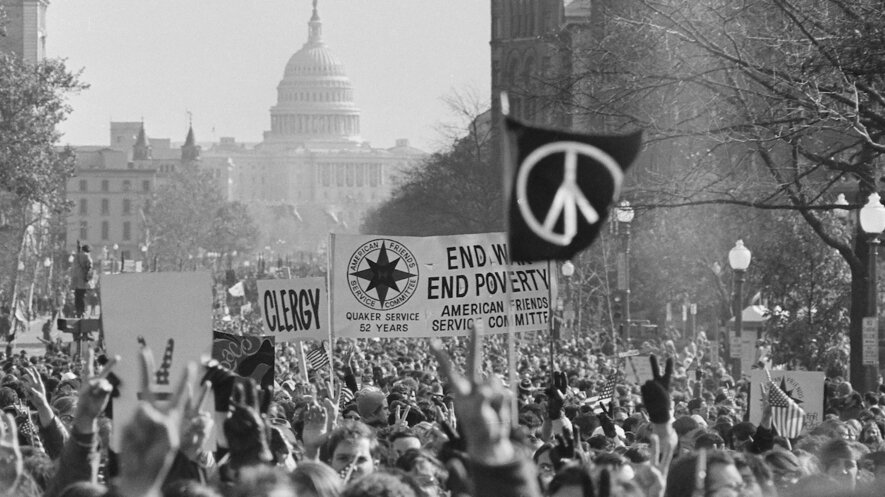The Vietnam Moratorium Day was one of the largest protests in world History. Many nations had interests in the Vietnam War, and this public outcry was the world's way of saying it was enough.
How the Moratorium Got Organized
The Vietnam Moratorium was organized by David Hawk, Sam Brown, David Mixner, Marge Sklenkar and John Gage. The Moratorium was inspired by Jerome Grossman's call for a general strike on April 20, 1969, if the war had not ceased by October. However, the idea of moratorium protests was developed by Sam Brown, who was just 25 years old at the time. Brown had previously worked on the unsuccessful presidential campaign of Eugene McCarthy and pushed to extend protests beyond universities and into the rest of the community.
The Big Day
All over the US, over 15 million Americans took part in the protest, even though the Vietnam Moratorium Day in New York collided with the Baseball 1969 World Series; game four was played that day. At the time, New York's mayor John Lindsay wanted the flag at the Baseball game to be flown halfway but was opposed by the Baseball commissioner.
Despite being a nationwide protest filled with passion, the entire ordeal was peaceful; everyone shared in expressing the sadness caused by the war.
Did The Moratorium Work?
As protestors lined the stress, President Nixon remained silent. In fact, he continued working as per usual that day, saying, "Under no circumstances will I be affected." He also linked policy made in the street with anarchy.
On November 3, Nixon gave his formal response to the protest in his famous "Silent Majority Speech," in which he asked for the support of the silent majority. After his speech was finished, the White House received an inordinate amount of calls supporting the President. In fact, so many people were calling at once that the phone lines jammed.
The Vietnam War ultimately came to an end on April 30, 1975.

